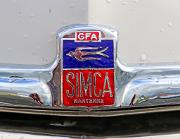
aa Simca 8 Sport 1950 badge
Simca 8 Sport 1950 cabriolet - badge on bonnet. Nanterre was the first factory for Simca.
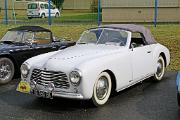
Simca 8 Sport 1950 cabriolet front
Simca 8 Sport 1950 cabriolet. The Simca 8 shared its chassis with the Fiat, so it was easy to create the Simca 8 Sport. Simca did not have capacity to build an aluminium sports car and thus commissioned Facel-Metallon to produce both cabriolet and coupe versions beginning in 1950.
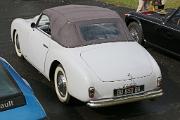
Simca 8 Sport 1950 cabriolet rear
Simca 8 Sport 1950 cabriolet. Designed by Stabilimenti Farina for the Fiat 1100 Sport, the body was adapted for the Simca 8 (which used the same chassis as the Fiat) and built in France by Facel Metallon. Both cabriolet and coupe versions were offered.
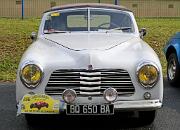
ac Simca 8 Sport 1950 cabriolet head
Simca 8 Sport 1950 cabriolet. Underneath the Simca 8 Sport was essentially the same as the Fiat 1100 which Stabilimenti Farina had designed the Sport body for. It was therefore easy to develop the Simca version, but Simca gave their car a 1,221cc engine tuned to 60bhp
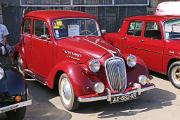
Simca 8 Model 515 4-door sedan 1951 front
Simca 8 Model 515 4-door sedan 1951. From 1949 the Simca 8 is produced with the Fiat 1,221cc engine
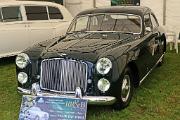
Bentley Mk VI 1948 Cresta
Bentley Mk VI 1948 Cresta. Commissioned by Frenchman Jean Daninos, and designed by Pininfarina, the Cresta was exhibited at the 1948 Paris Salon and the 1949 Geneva Salon. Around 17 orders were built by Facel-Metallon which is inspired by this project and goes onto found Facel Vega
All images and content of this site is the copyright of Simon GP Geoghegan